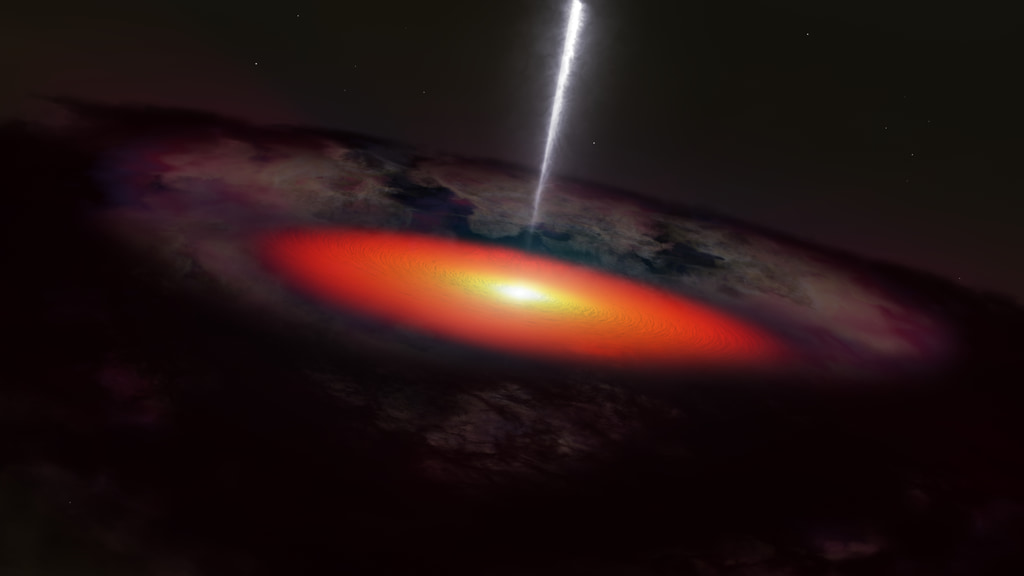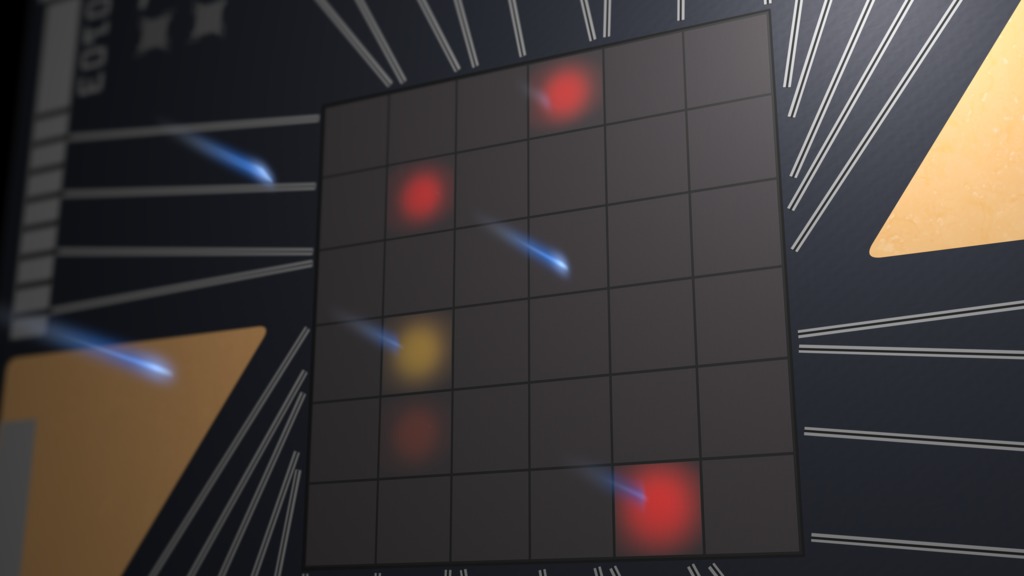XRISM Mission Captures Unmatched Data With Just 36 Pixels
Watch to learn more about how the Resolve instrument aboard XRISM captures extraordinary data on the make-up of galaxy clusters, exploded stars, and more using only 36 pixels.
Credit: NASA’s Goddard Space Flight Center
Music: "Stop and Hide" and "Wading Through" from Universal Production Music
Watch this video on the NASA Goddard YouTube channel.
Complete transcript available.
At a time when phone cameras are capable of taking snapshots with millions of pixels, an instrument on the Japan-led XRISM (X-ray Imaging and Spectroscopy Mission) captures revolutionary science with just 36 of them.
That may sound impossible, but it’s true.
XRISM (pronounced “crism”) is led by JAXA (Japan Aerospace Exploration Agency) in collaboration with NASA, along with contributions from ESA (European Space Agency). It launched into orbit last September and has been scrutinizing the cosmos ever since. The mission detects “soft” X-rays, which have energies up to 5,000 times greater than visible light. It will probe the universe’s hottest regions, largest structures, and objects with the strongest gravity, like supermassive black holes in the cores of distant galaxies.
XRISM accomplishes this with an instrument named Resolve. Resolve's detector takes the temperature of each X-ray that strikes it. Astronomers call Resolve a microcalorimeter spectrometer because each of its 36 pixels measures the tiny amount of heat delivered by each incoming X-ray. This lets astronomers see the chemical fingerprints of elements making up the sources in unprecedented detail.
In order to accomplish this, the entire detector must be chilled to 459.58 degrees below zero Fahrenheit (minus 273.1 degrees Celsius), just a whisker above absolute zero.
The instrument is so precise it can detect the motions of elements within a target, effectively providing a 3D view. Gas moving toward us glows at slightly higher energies than normal, while gas moving away from us emits slightly lower energies. This will, for example, allow scientists to better understand the flow of hot gas within clusters of galaxies and to track the movement of different elements in the debris of supernova explosions.
Resolve is taking astronomers into a new era of cosmic exploration — and with only three-dozen pixels.

The square structure at the center of this image shows the 6-by-6-pixel microcalorimeter array at the heart of Resolve, an instrument on XRISM (X-ray Imaging and Spectroscopy Mission). The device produces a spectrum of X-ray sources between 400 and 12,000 electron volts — up to 5,000 times the energy of visible light — with unprecedented detail.
Credit: NASA/XRISM/Caroline Kilbourne
Visual description: Thirty-six gray pixels form a square at the center of a structure colored gold and dark gray. Light gray lines extend from the pixels to a border with rectangular connections and golden arcs. The word “NASA” is imprinted in light gray in the upper left corner.
For More Information
Credits
Please give credit for this item to:
NASA's Goddard Space Flight Center. However, individual items should be credited as indicated above.
-
Producer
- Scott Wiessinger (KBR Wyle Services, LLC)
-
Science writer
- Francis Reddy (University of Maryland College Park)
-
Writer
- Scott Wiessinger (KBR Wyle Services, LLC)
-
Narrator
- Sophia Roberts (Advocates in Manpower Management, Inc.)
-
Animators
- Scott Wiessinger (KBR Wyle Services, LLC)
- Adriana Manrique Gutierrez (KBR Wyle Services, LLC)
Release date
This page was originally published on Tuesday, April 30, 2024.
This page was last updated on Friday, April 26, 2024 at 12:18 PM EDT.

